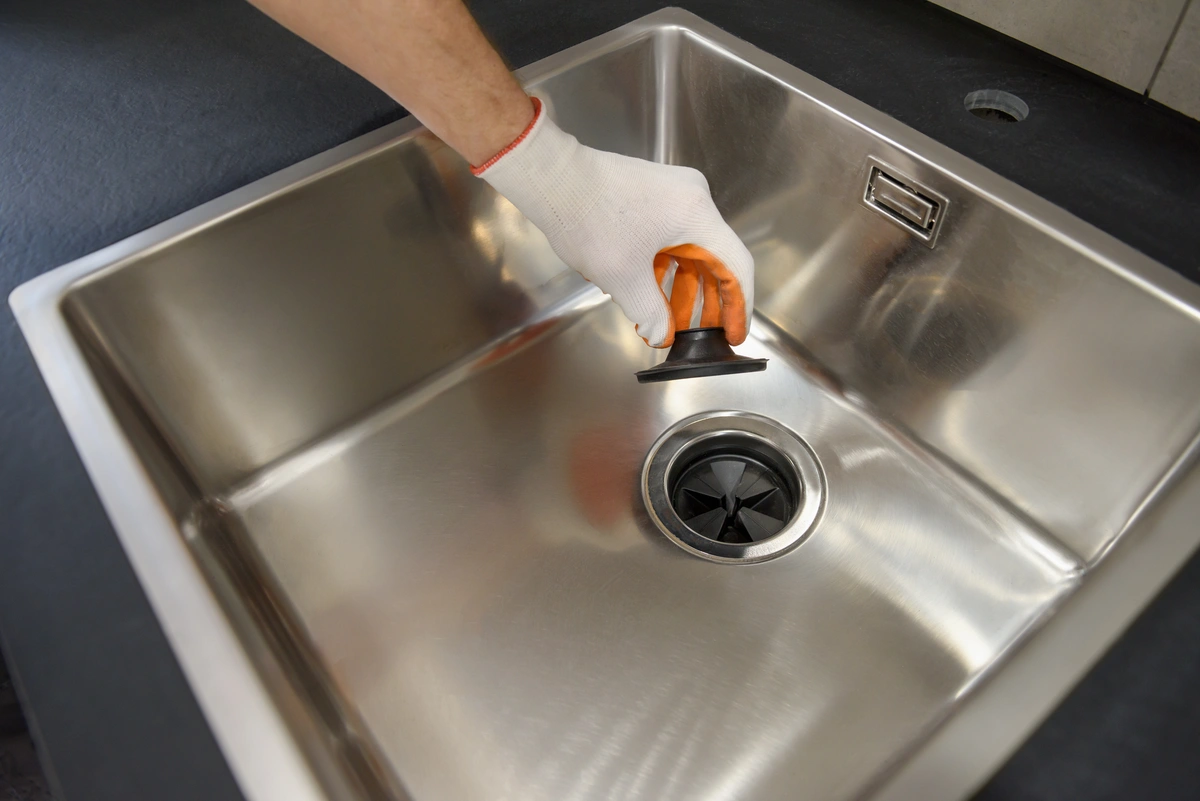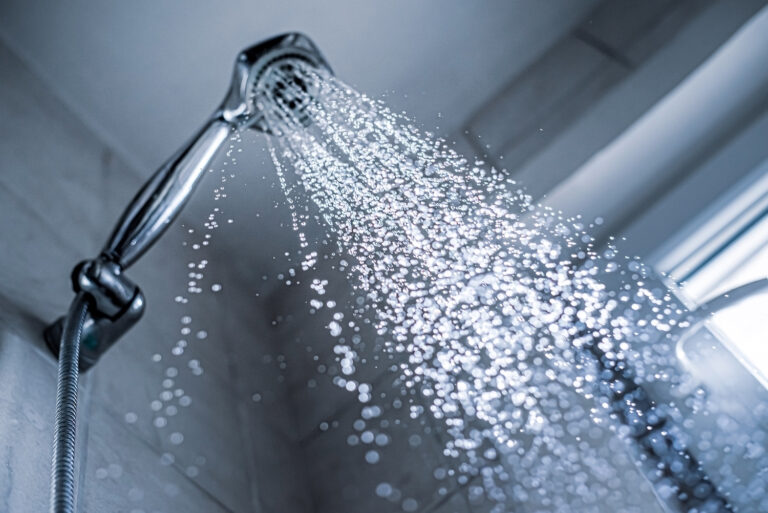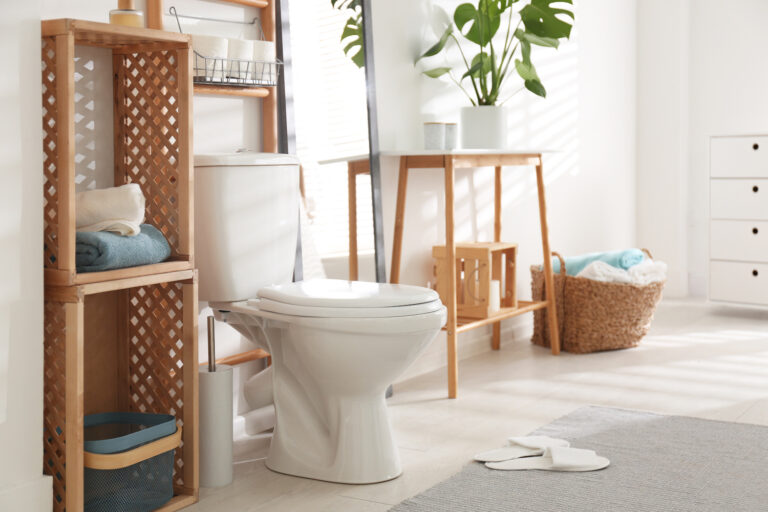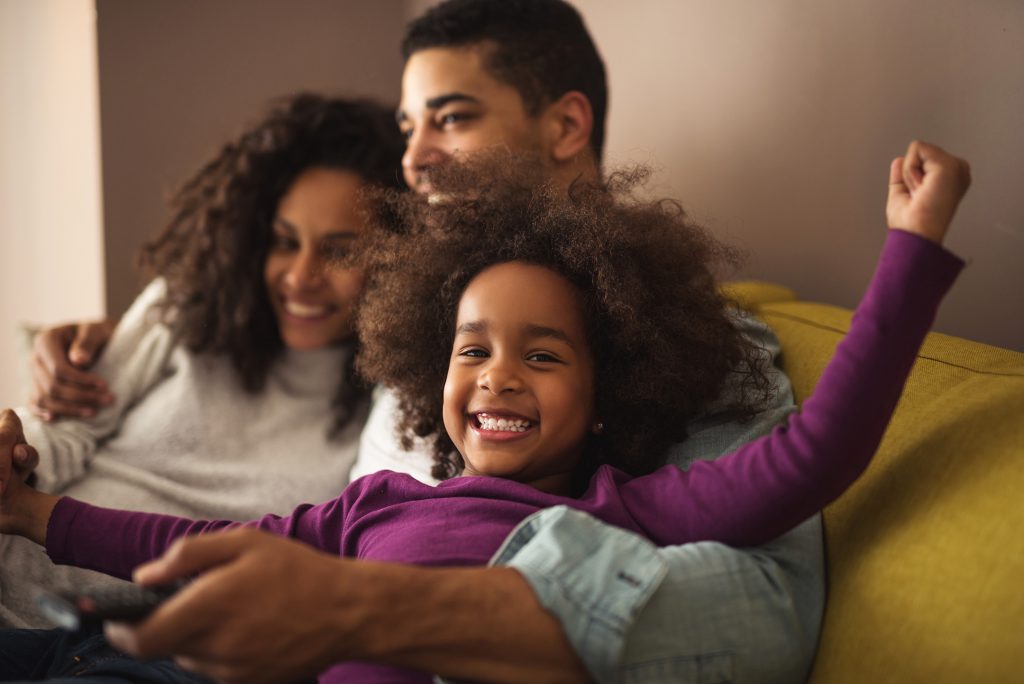The garbage disposal is undoubtedly one of the most useful appliances in any modern kitchen. It effortlessly grinds up food waste, making clean-up after meals a breeze. However, like any appliance, it’s not invincible and can sometimes become clogged, causing inconvenience and potential damage. But fear not! With a bit of knowledge and the right approach, you can easily learn how to unclog a garbage disposal and keep it running smoothly. Keep reading for:
- Tips and tricks to help with your garbage disposal unit
- Common reasons you get clogs
- When to call a professional
Common Causes of Garbage Disposal Clogs
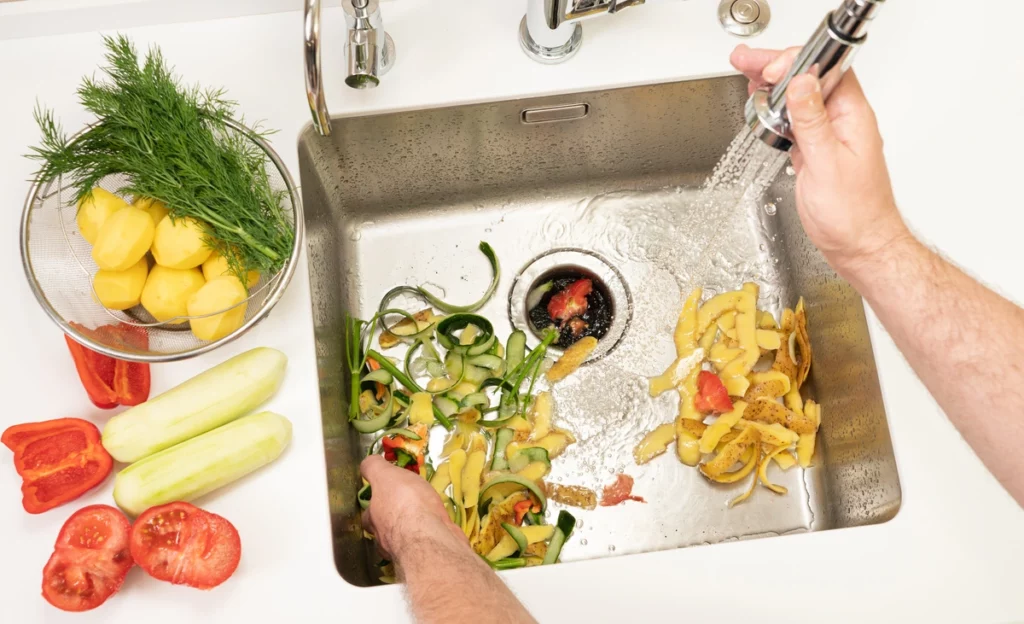
Before diving into the unclogging process, it’s important to understand what causes garbage disposals to clog in the first place. Here are some common culprits:
- Large or Hard Food Items: Items like bones, fruit pits, and large vegetable peels can put excessive strain on the disposal’s blades, leading to blockages.
- Fibrous Foods: Foods like celery, corn husks, and onion skins have fibrous strands that can tangle around the disposal’s impeller, causing it to jam.
- Grease and Fat: Pouring grease or fat down the disposal can lead to a build-up of gunk and blockages over time.
- Starchy Foods: Pasta, rice, and potato peels can expand when exposed to water, creating a paste that can clog the disposal.
- Lack of Water: Running the disposal without enough water can prevent waste from being properly flushed down the drain, leading to clogs.
- Foreign Objects: Accidentally dropping items like utensils or small kitchen tools into the disposal can cause blockages.
9 Steps to Unclog Your Garbage Disposal
Follow these steps to effectively unclog your garbage disposal and get it back in working order:
1. Safety First 🦺
Before attempting any repairs, ensure your safety by turning off the power to the garbage disposal. Locate the circuit breaker or the disposal’s electrical switch and flip it off. This prevents accidental activation while you’re working on it.
2. Gather Your Tools 🔧
You’ll need a few basic tools for this task: a pair of tongs or pliers, a flashlight, a wooden dowel or a broom handle, and a bucket to catch water.
3. Check for Obstructions 🔍
Using the flashlight, peer down into the disposal to identify any visible obstructions. Use tongs or pliers to carefully remove any items that might be causing the blockage.
4. Attempt the Reset 🔴

Many garbage disposals have a reset button located on the bottom or side. Pressing this button can sometimes clear minor clogs by restarting the motor. Give it a try after removing any visible debris.
5. Use the Wooden Dowel or Broom Handle 🧹
Insert the wooden dowel or broom handle into the disposal from the top and gently try to rotate the impeller. This can help dislodge any stuck food particles or debris.
6. Try the Hex Key 🔑
Most garbage disposals come with a hex key (also known as an Allen wrench) that fits into a socket on the bottom of the unit. Insert the hex key and manually turn the impeller back and forth to break up the clog.
7. Use Ice and Rock Salt 🧂
To help break down grease and debris, pour a mixture of ice cubes and rock salt into the disposal. Turn on the disposal while running cold water to grind the ice and salt, which can help clean the blades and pipes.
8. Baking Soda and Vinegar 🫧
Create a fizzy reaction by pouring half a cup of baking soda followed by half a cup of vinegar down the disposal. Let it sit for a few minutes, then flush with hot water to break down grease and remove odors.
9. Plunge It 🪠
Place a plunger over the disposal drain and give it a few firm pumps. This can create pressure that might dislodge the clog. Just be cautious not to use excessive force to avoid damaging the disposal.
Know When to Call a Professional

While many clogs can be resolved using the above methods, there are instances where calling a professional plumber is the wisest course of action:
- Persistent Clogs: If you’ve tried multiple methods and the clog persists, there might be a more stubborn issue deeper in the pipes that requires professional attention.
- Strange Noises: Unusual grinding or clanging sounds when the disposal is running could indicate mechanical damage that requires an expert’s evaluation.
- Leaks: If you notice water leaking from your disposal or under the sink, it’s a sign that there’s a more serious problem that needs professional repair.
- Electrical Issues: If you’re uncomfortable working with electrical components or suspect an electrical problem with the disposal, it’s best to leave the repairs to a licensed professional.
Remember, safety should always be your top priority. If you’re unsure about any aspect of the unclogging process or encounter any unexpected complications, it’s better to seek professional help rather than risk causing further damage.
Get Expert Help
When you need a plumber that you can trust and call on in a pinch, Black Tie Plumbing has you covered! Our expert team can help you to fix a clogged garbage disposal and any other plumbing problems that come your way. Contact us today to receive the help that you need!

